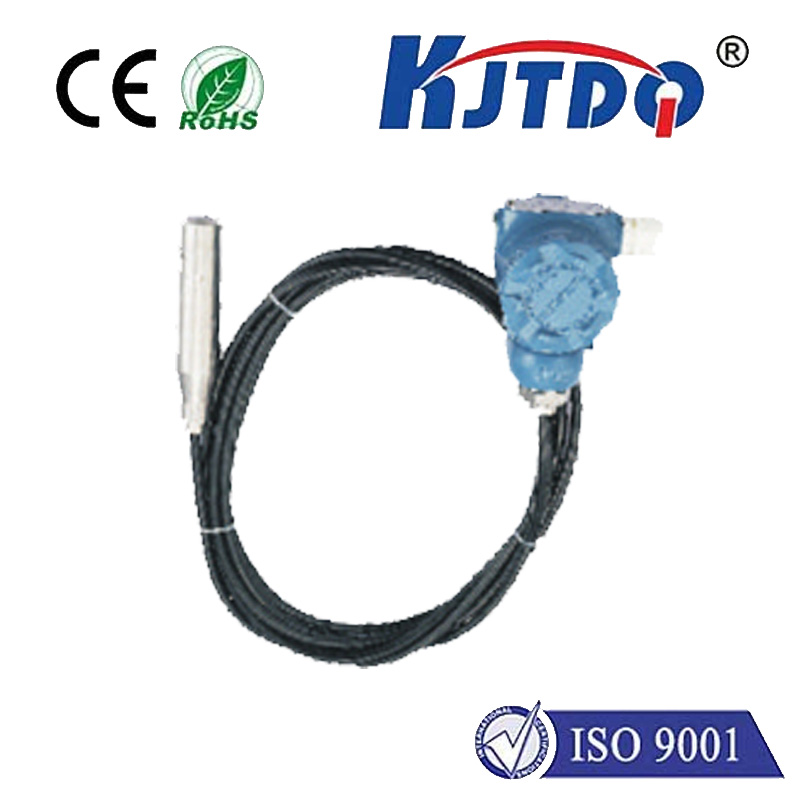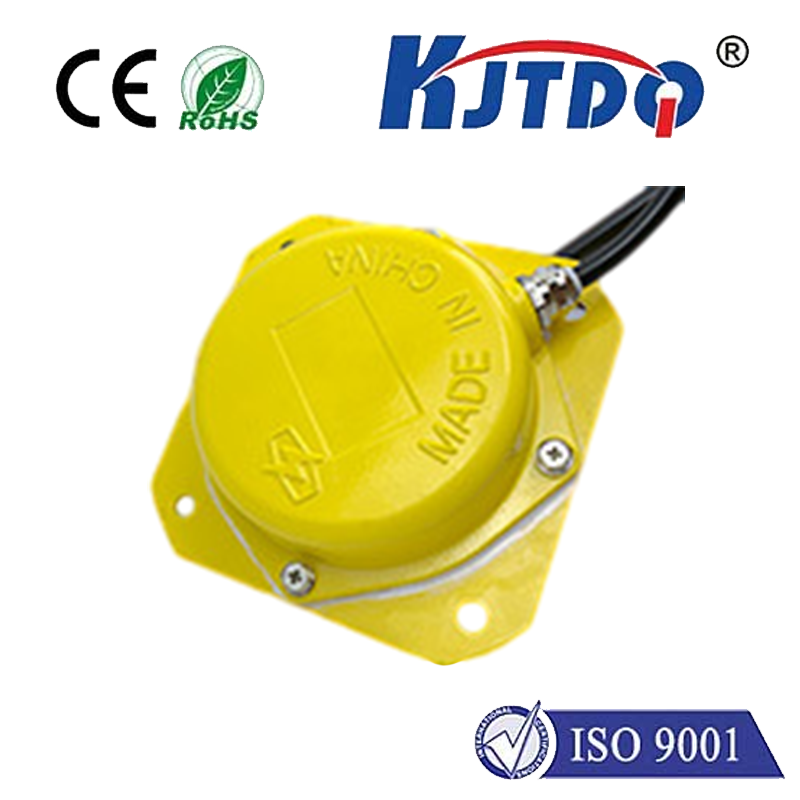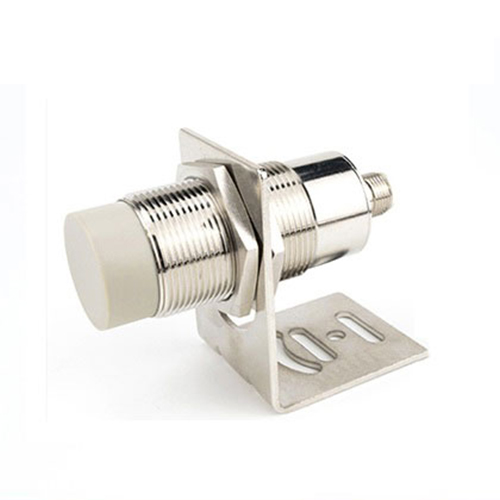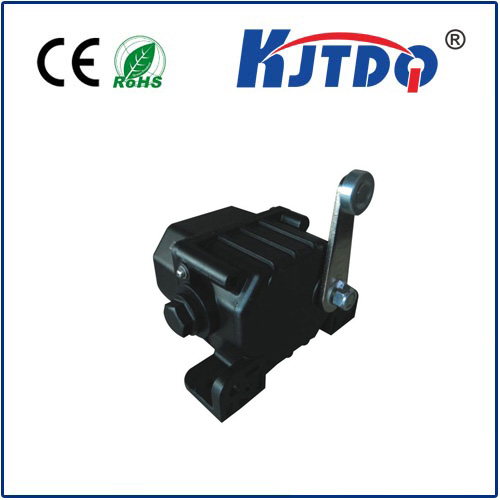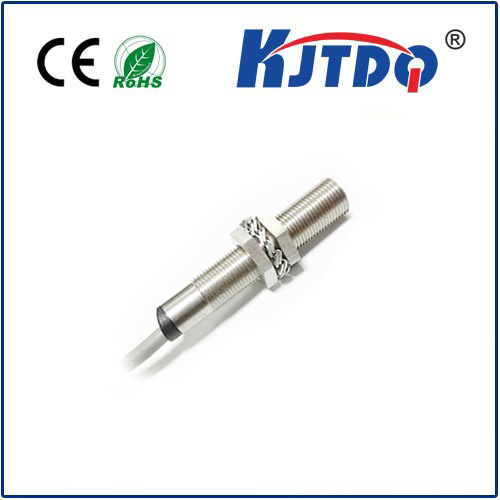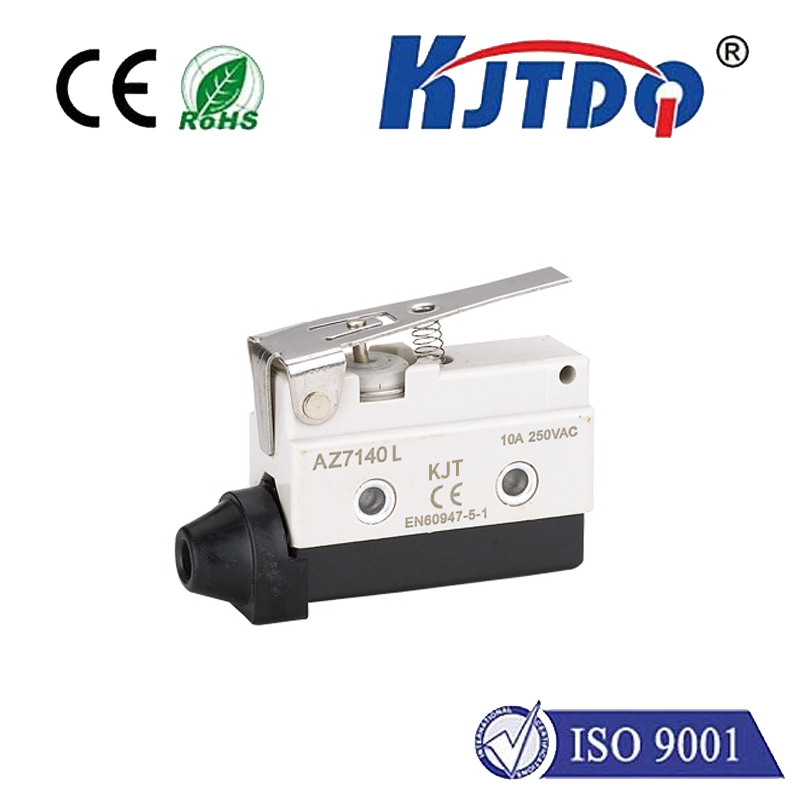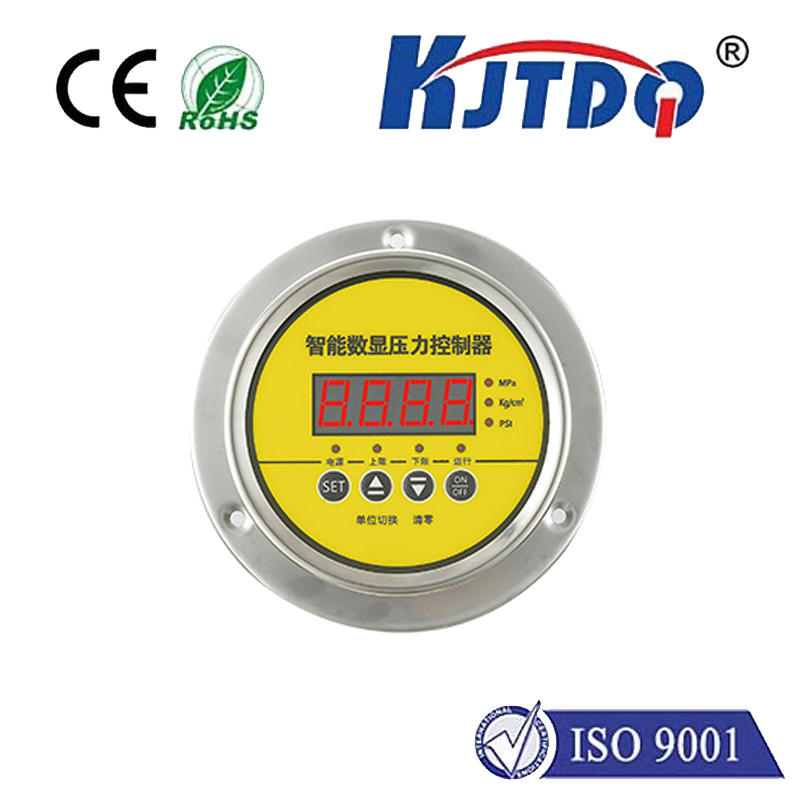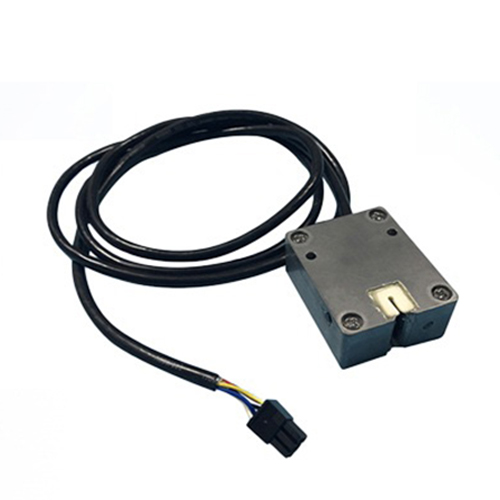capacitive inductive sensor
- time:2025-06-17 00:59:00
- Click:0
Capacitive vs. Inductive Sensors: Mastering Non-Contact Detection for Diverse Applications
Imagine a world where machines can “sense” their environment without ever touching it. Detecting the presence of materials, verifying positions, or controlling processes silently and reliably – that’s the essence of modern automation, and it hinges on the magic of non-contact sensors. Among the most vital tools in this domain are capacitive sensors and inductive sensors. While their names sound somewhat similar, their operating principles and ideal use cases are fundamentally different. Understanding the distinct capacitive inductive sensor landscape is crucial for engineers and technicians to select the perfect solution for any material detection challenge, ensuring efficiency and reliability on the factory floor and beyond.
Decoding the Science: Electric Fields vs. Magnetic Fields
The core difference lies in the physical phenomena they exploit:

- Capacitive Sensors: Sensing Through Electric Fields
- Principle: These sensors function like variable capacitors. The sensor face forms one plate of a capacitor, and a nearby object (the “target”) acts as the other plate. As the target approaches, it alters the sensor’s electrostatic field, changing its capacitance. A built-in oscillator circuit detects this change and triggers the output switch.
- Key Capabilities:
- Material Agnosticism (Mostly): They can detect virtually any material, be it metal, plastic, wood, glass, paper, cardboard, liquids, pellets, or granules. This makes them incredibly versatile. Their ability to see through thin non-metallic walls is a major advantage for detecting levels of liquids or powders inside tanks or hoppers.
- Sensing Range: Typically shorter than inductive sensors (a few millimeters up to around 40-50mm for standard types, sometimes more for specialized models).
- Sensitivity Adjustment: Most feature a potentiometer to adjust sensitivity. This is critical for tuning out interference (like sensing a liquid level through a container wall while ignoring the container itself) or adjusting for different material densities.
- Ideal Applications: Level detection of liquids, powders, or bulk solids; detecting plastic parts, glass bottles, or wood blocks; presence verification of non-metals; leak detection; and proximity sensing through non-metallic barriers.
- Inductive Sensors: Masters of Metal Detection
- Principle: These sensors generate an oscillating high-frequency electromagnetic field from a coil located just behind their active face. When a metallic target (e.g., steel, aluminum, brass, copper) enters this field, it induces small eddy currents on the target’s surface (the skin effect). This energy loss dampens the field oscillation. The sensor’s electronics detect this damping and trigger the output switch.
- Key Capabilities:
- Metal Specific: Primarily designed for detecting ferrous metals (iron, steel) but can detect non-ferrous metals (aluminum, copper, brass) as well, though typically at a reduced sensing range. Non-metallic materials (plastics, wood, liquids) have virtually no significant effect on the field.
- Robustness: Highly resistant to environmental factors like dust, dirt, oil, vibration, and non-metallic debris splashing. Excellent for harsh industrial environments.
- Sensing Range: Generally offers a longer effective sensing distance than capacitive sensors for metals, ranging from a couple of millimeters up to 70-80mm for some powerful models.
- High Switching Frequencies: Capable of very fast response times, making them suitable for high-speed counting or position detection applications.
- Ideal Applications: Detecting metal parts on assembly lines (gears, pistons, machine parts); position sensing of machine tools (e.g., hydraulic cylinders reaching end positions); metal object counting; presence/absence verification of metallic components; and speed monitoring using gear teeth.
The “Capacitive Inductive Sensor” Conundrum: Choosing the Right Tool
There isn’t a single device universally called a “capacitive inductive sensor” that combines both technologies in one housing for simultaneous, fundamental operation. The term often arises when searching broadly for non-contact sensors or when applications might theoretically overlap. The critical choice depends entirely on the target material and the specific application requirements:
- Detecting Non-Metals or Through Barriers? Capacitive is overwhelmingly the choice. Its ability to sense insulators and penetrate non-conductive walls is unique and indispensable.
- Detecting Metal with High Speed and Reliability in Tough Conditions? Inductive sensors reign supreme. Their robustness, immunity to non-metallic contaminants, and long range for metal targets make them industrial workhorses.
- What About Wet or Dirty Environments? Both types are generally well-suited, but inductive sensors often have a slight edge in extreme conditions involving heavy oils or conductive slurries, as they are unaffected by non-metallic contaminants. Capacitive sensors might need careful tuning if conductive contaminants (like saltwater) are near the sensing face.
- Need Long Sensing Range? For metals, inductive sensors typically offer longer ranges. For non-metals, capacitive range is inherently limited.
- Require High Switching Speed? Inductive sensors often have the advantage for high-frequency applications involving metal targets.
Hybrid Approaches: When Worlds Collocate (Not Combine)
While not a single combined fundamental technology, it’s increasingly common to find both capacitive and inductive sensors integrated into the same machine or system, each playing to its strengths. For instance:
- A bottling line might use:
- Inductive sensors to detect the metal bottle cap.
- Capacitive sensors to verify the liquid level inside the glass or plastic bottle.
- A material handling system might use:
- Capacitive sensors to monitor the level of plastic pellets in a hopper.
- Inductive sensors to detect the position of the metal gate controlling pellet flow.
Beyond the Basics: Advanced Considerations
- Shielded vs. Unshielded: Both sensor types come in variants. Shielded capacitive/inductive sensors have a reduced radial field, allowing flush mounting in metal. Unshielded offer slightly longer ranges but require free space around the sensing face.
- Analog Outputs: Many sensors offer analog outputs (e.g., 4-20mA, 0-10V) proportional to the distance to the target, enabling precise positioning tasks beyond simple presence/absence detection.
- IO-Link: The increasing adoption of IO-Link communications allows for powerful parameterization, remote diagnostics, and condition monitoring of both capacitive and inductive sensors directly on the network.
Conclusion: Mastering the Choice
The true power comes not from seeking a mythical “capacitive inductive sensor,” but from deeply understanding the distinct, complementary physics of capacitive electric field sensing and inductive electromagnetic field sensing. Selecting the right sensor technology is the linchpin for reliability and efficiency. If your target is metal and the environment is demanding, inductive sensors are likely the robust solution. If you need to detect liquids, powders, plastics, or see through non-metallic barriers, capacitive sensors unlock essential capabilities. By recognizing their unique strengths and typical applications – sensing range, material compatibility, environmental resilience – engineers can deploy these fundamental technologies effectively, ensuring smooth operation and intelligent feedback across countless automation scenarios.






